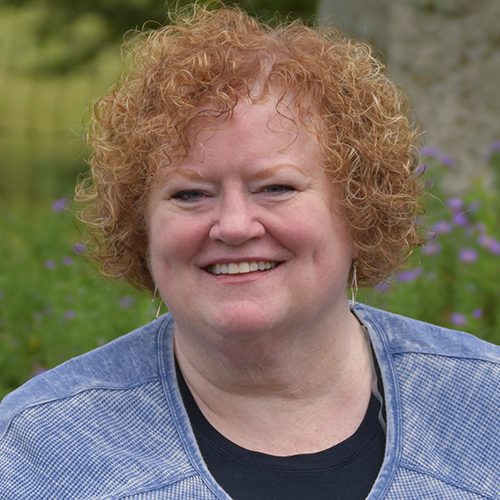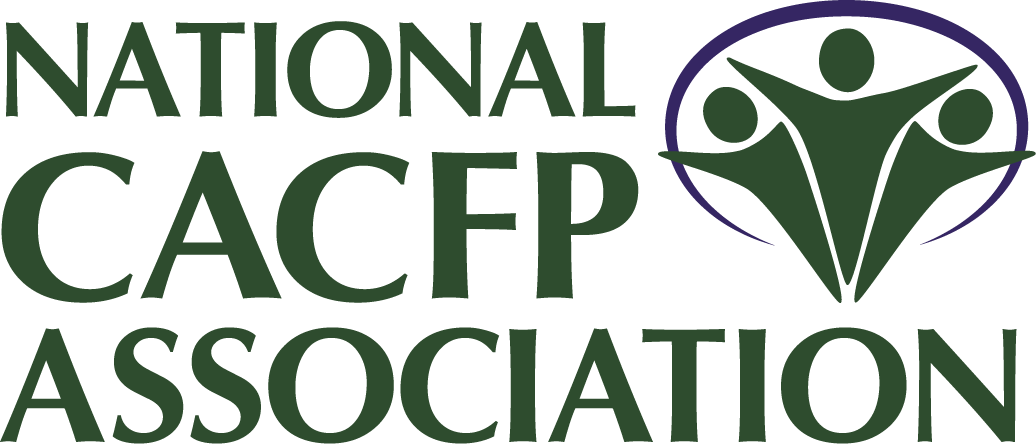Sponsor Spotlight: Susan Ison of Helping Hands
Sponsor of Family Child Care
August 8, 2024
Susan Ison is the Executive Director of Helping Hands, Inc. which is a sponsoring organization (sponsor) of family child care homes and child care centers across the Wasatch Front of Utah. They sponsor about 200 family child care homes and 12 child care centers, ensuring nutritious meals for around 2,300 children.
Helping Hands was founded in 1992 and Susan joined the team a year later in 1993. Susan’s path to the CACFP began by chance. Susan was working at a children’s hospital as a recreation and music therapist that had an on-site school system for children in their care for extended periods. One of the teachers at the school was the co-director of Helping Hands and, when Susan decided to leave her position at the hospital, offered Susan a temporary six-month job while she decided her next move. After six months, Susan extended her time at Helping Hands and continued to do so until she had settled in her position. After seven years at Helping Hands, Susan became Executive Director.

Helping Hands has focused their efforts on serving high-need communities so that the children who need it most have access to the CACFP and the community receives nutrition education. Their care for the community and their selfless commitment to getting food to children make them a successful sponsor. Helping Hands is one of five sponsors in Utah, and although the organizations are natural competitors, they all work together, cooperate, and even do trainings together. They all have a mission to make sure children are happy and healthy, so the children take precedence over any business goals.
“I’m lucky that we’ve got five sponsors and most of us work really well together, and we cooperate, and we will do trainings together so that we will all succeed together. The children take precedence, and the feeding of the kids is more important than personalities or business. I mean yes, we’re rivals, but at the base of it we’re all there for the children. That’s what counts for us.”
Not only do they have relationships with the other sponsoring organizations, but Helping Hands also has strong bonds with the communities they serve. The organization sponsors providers from diverse backgrounds across eight different languages – a majority of their providers do not speak English as a first language. The staff at Helping Hands are representative of their diverse providers and help ensure that their communities have access to the program.
Since they’ve been around for so many years, Helping Hands now has some providers under their sponsorship that were previously children in the program. To Susan, this outlines the true benefit of the program: children are growing into healthy, successful adults and contributing members of society. The children who are now providers are also encouraging other members of their community to join the food program, because they know first-hand the impact of the program.
“We now have providers that were children on the program. To see them grow up into healthy and lovely adults and to see that they were touched by this enough that they want to be part of the program. I’ve seen them when they’re not actually caregivers telling their neighbors ‘Oh, make sure you’re on the food program because it really makes a difference.’”
The team at Helping Hands cares for the providers that they serve. Although it's difficult, they think it’s important to find balance between enforcing regulation and showing compassion. They recognize that the CACFP may not be a provider’s priority and that the kids are their number one priority. So, when a provider is upset about a meal being disallowed, Helping Hands explains how much they want the provider to succeed and what they can do to make that happen.
Susan will be retiring in the spring of 2025, and one of her staff members will be stepping in as Executive Director. When asked what motivated her to work in the CACFP for over 30 years, her response was:
“It’s the opportunity to enact change in our community and that change is for the good. To be able to encourage those who didn’t think they could succeed and to help them succeed. Our vision is outward facing. We want to change our community, we want to change our families, we want to change our children that are at risk. A successful child, is a successful home, is a successful community.”
